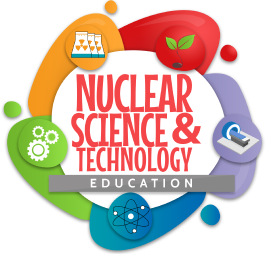





This challenge is open to university level students in a team of 2-4 students.
The primary objective of this challenge is for students to design and implement effective strategies for the management of radioactive waste within the Minecraft Education Platform. Students will consider innovative approaches to waste processing, disposal, and long-term monitoring, all while striving to minimize environmental impact and contribute to the overarching goal of achieving net-zero emissions by 2050.
Students will be tasked with creating a world utilizing nuclear power as the source of energy for electricity complete with a complex of radioactive waste management within the Minecraft Education Platform. They must address key radioactive waste management steps, including waste handling, transportation, processing, treatment, storage and final disposal, while adhering to strict safety regulations and environmental standards
This Challenge on sustainable radioactive waste management offers students a platform to explore the critical role of nuclear technology in addressing climate change and achieving global sustainability goals. Through this challenge, students will develop essential skills in environmental stewardship, risk management, and technological innovation while contributing to the aspirational effort of reaching net-zero emissions by 2050.